Properly measuring furniture to get the scale correct can make or break the entire look and feel of your home. Learn how to measure furniture correctly, the first time, in this complete step by step furniture measuring guide.
With a few simple tricks of the trade, measuring furniture has never been easier. Let’s learn how to measure furniture the easy way!
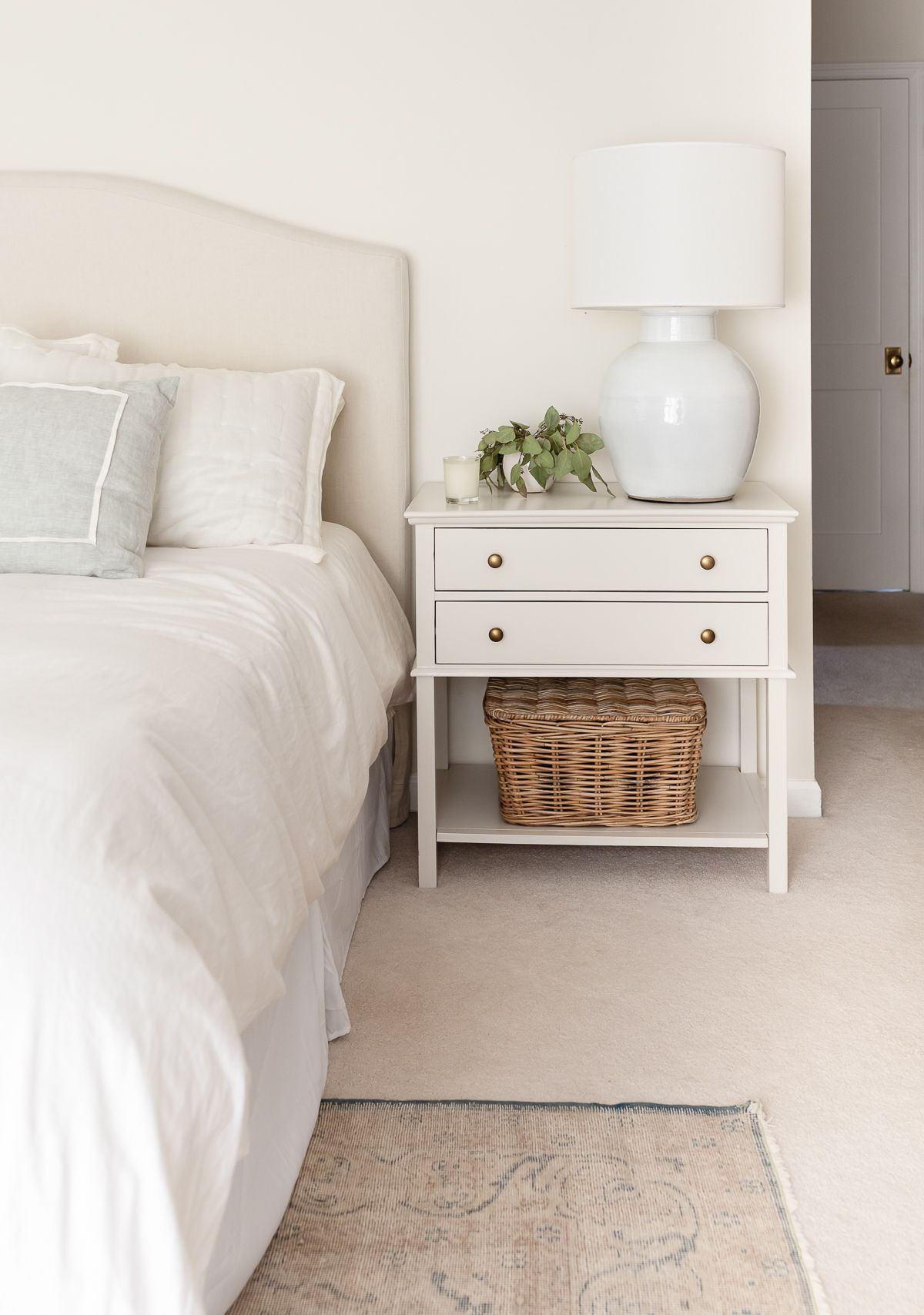
Has it happened to you? Have you gone to the furniture showroom and seen your dream sectional sofa, only to realize that you have no idea if it would fit in your space?
Have you been stuck measuring accent chairs, wondering where to start and stop, and whether or not they’ll fit in that corner of your room?
I love sharing our favorite furniture with guides to help you along the way. I’ve reviewed our Pottery Barn Sofa, our Ikea Sofas, and even created guides for wicker sofas, sectional sofas and teak furniture.
But there’s so much more to furniture than just the search to find something you love. You have to know if it’s going to fit! And how do you know? Learn to measure correctly with this step by step guide for measuring furniture.
Your furniture needs to do more than just fit in your room. It needs to fit through your front door, often up or down stairs, and more! Learn how to measure furniture and ensure it will fit within the dimensions of your home, for smooth furniture delivery and beyond.
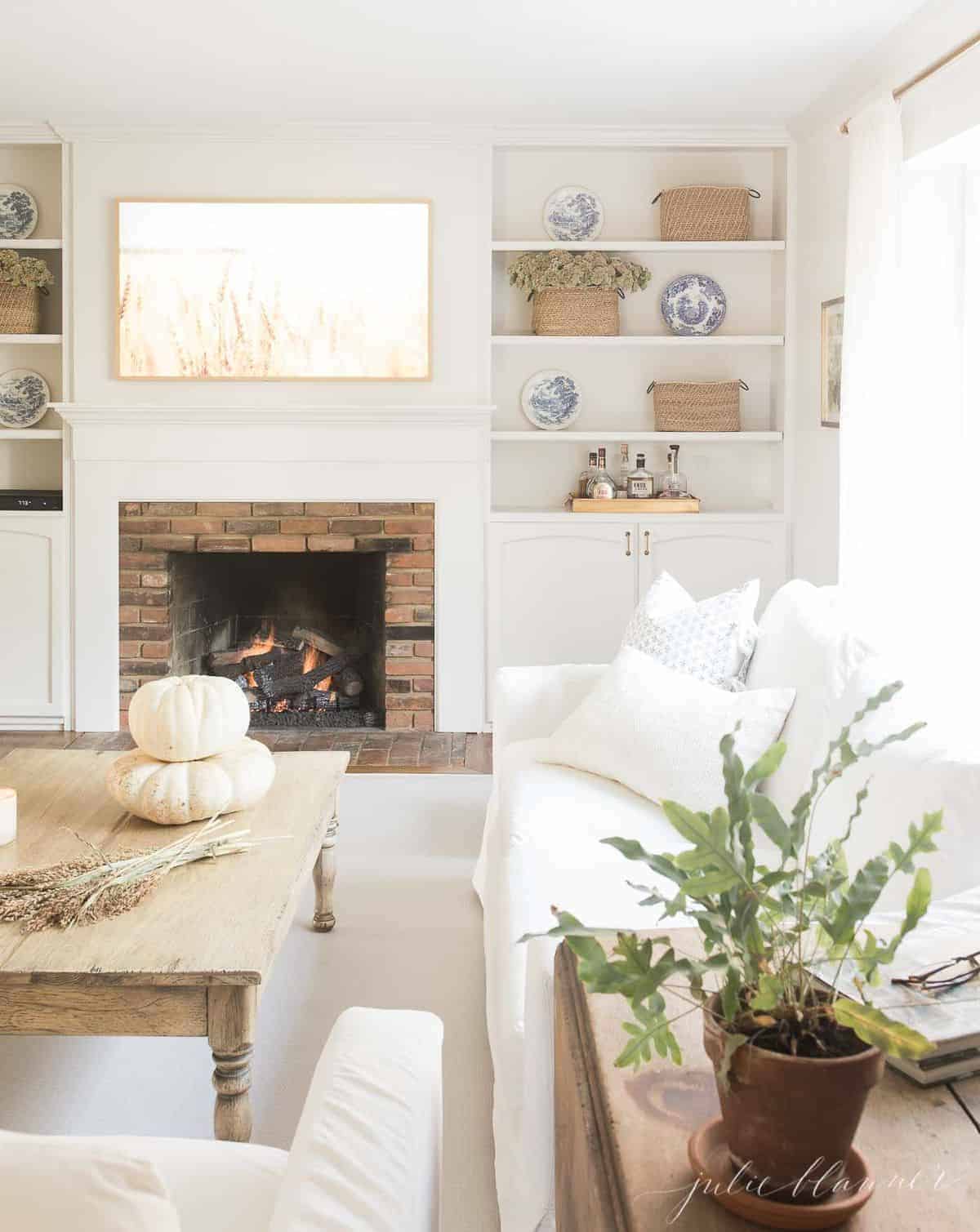
How to Measure Furniture Dimensions
Length: The item’s furthest points from right to left.
Width: The furthest points from back to front of furniture – for example, the back of a sofa to the front of the cushions.
Height: Measurement from floor to highest point of item.
Seat Height: Measure from floor to the top of the seat cushion.
Back Height: Measurement from floor to the top of frame back of item. Pillows and cushions are not included in this measurement.
Diagonal Depth: Diagonal measurements of furniture can be especially helpful when determining if the piece can be brought in on its end during delivery.
How to Measure Furniture
There’s more to measuring furniture than meets the eye! Here’s a few steps to get you started, no matter the purchase and no matter the room.
- Measure the Space – You’ll also need to measure the entry point of your home – from the door frame to the wall of the room as you enter. Do the same for each space you’ll need to maneuver through until the furniture finds its home.
- Determine the Best Size for Each Piece – Tape on floor with painter’s tape to see the exact shape of the item and the floorspace it commands.
- Measure the Furniture Path for Delivery – (will it fit through door frames?) Using a tape measure, measure the height and width of the doorways and hallways at the entry point where your new furniture comes in. You’ll also need to measure the entry point of your home – from the door frame to the wall of the room as you enter.
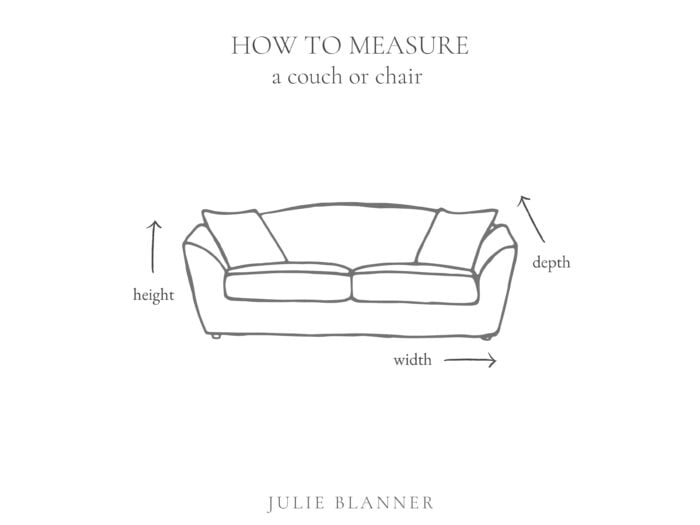
How to Measure a Couch
In sofas and sectionals, the term depth actually refers to what we might think of as length. Depth is from the back to the front of the sofa and width is from arm to arm. This also applies for chairs.
- Simply measure the width and diagonal depth.
- Width is the longest portion of the sofa – from the outside of the left arm to the outside of the right arm.
- Diagonal depth is the arm on a diagonal from top to floor. If you’re looking at the arm of the sofa from the side, think top left to bottom right for the diagonal. The diagonal depth must be less than the width of your door entry.

How to Measure a Sectional Sofa
Using a tape measure, these are the measurements you’ll need for a sectional sofa. The two most important sectional sofa dimensions are overall width and overall length.
- Height refers to the sectional base to the top of the back.
- Width refers to the distance from right arm to left arm, with all sectional pieces between included.
- Depth refers to the front-facing edge to the back side of the sectional.
Note: the interior measurements of a sectional sofa are important if you’re determining the correct size for placing an ottoman or coffee table. Especially if you’re including a chaise, etc, this spacing is very important!
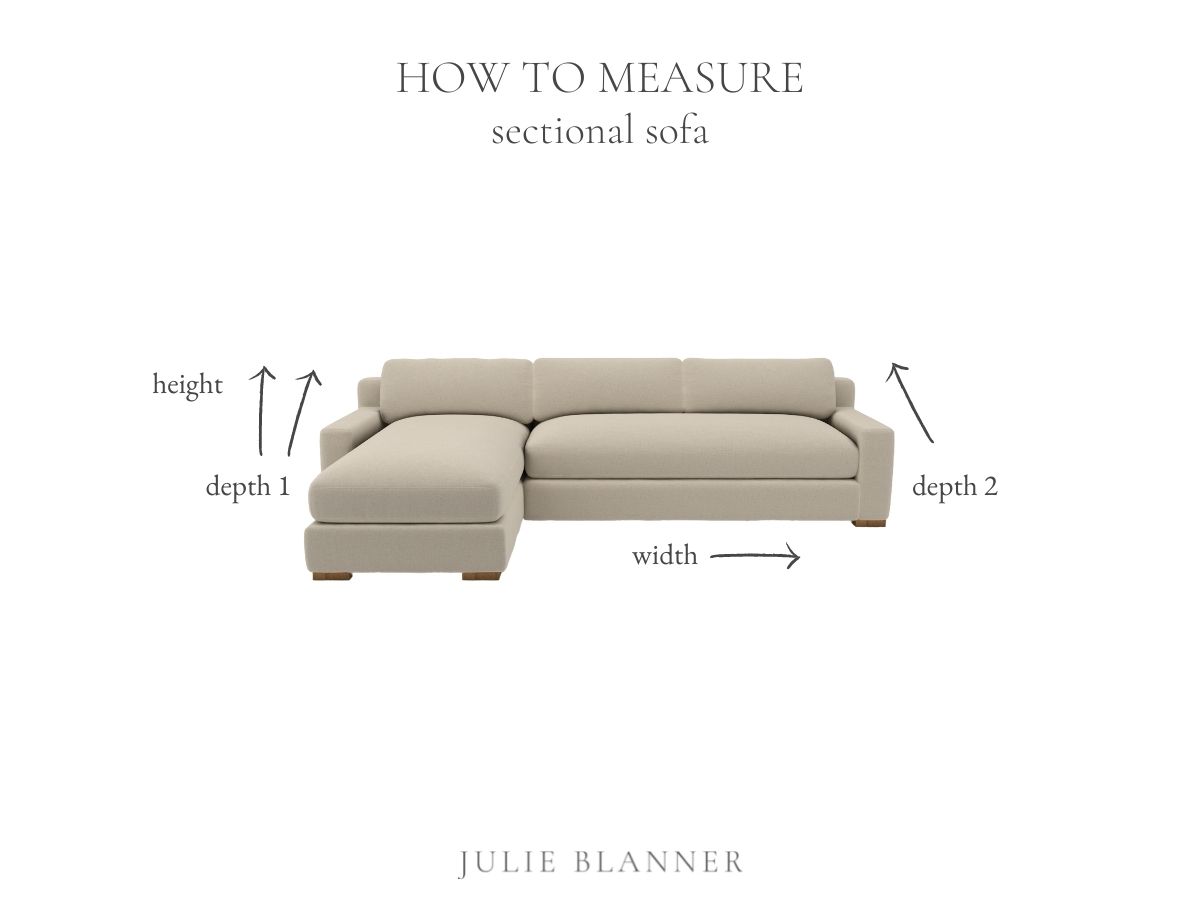
How to Measure a Coffee Table
- Length: Look for a coffee table that is approximately 2/3 the length of your sofa.
- Width: To allow easy maneuvering around a coffee table, leave between 12″ and 18″ of space between the coffee table (or ottoman) and sofa. Leave at least 36″ between the coffee table and the next large piece of furniture, such as a tv stand or built in bookshelves.
- Height: Standard coffee table height is generally between 16″ and 18″. However, depending on your sofa height, choose a coffee table that is the same height as your sofa cushions, or up to 2″ lower.
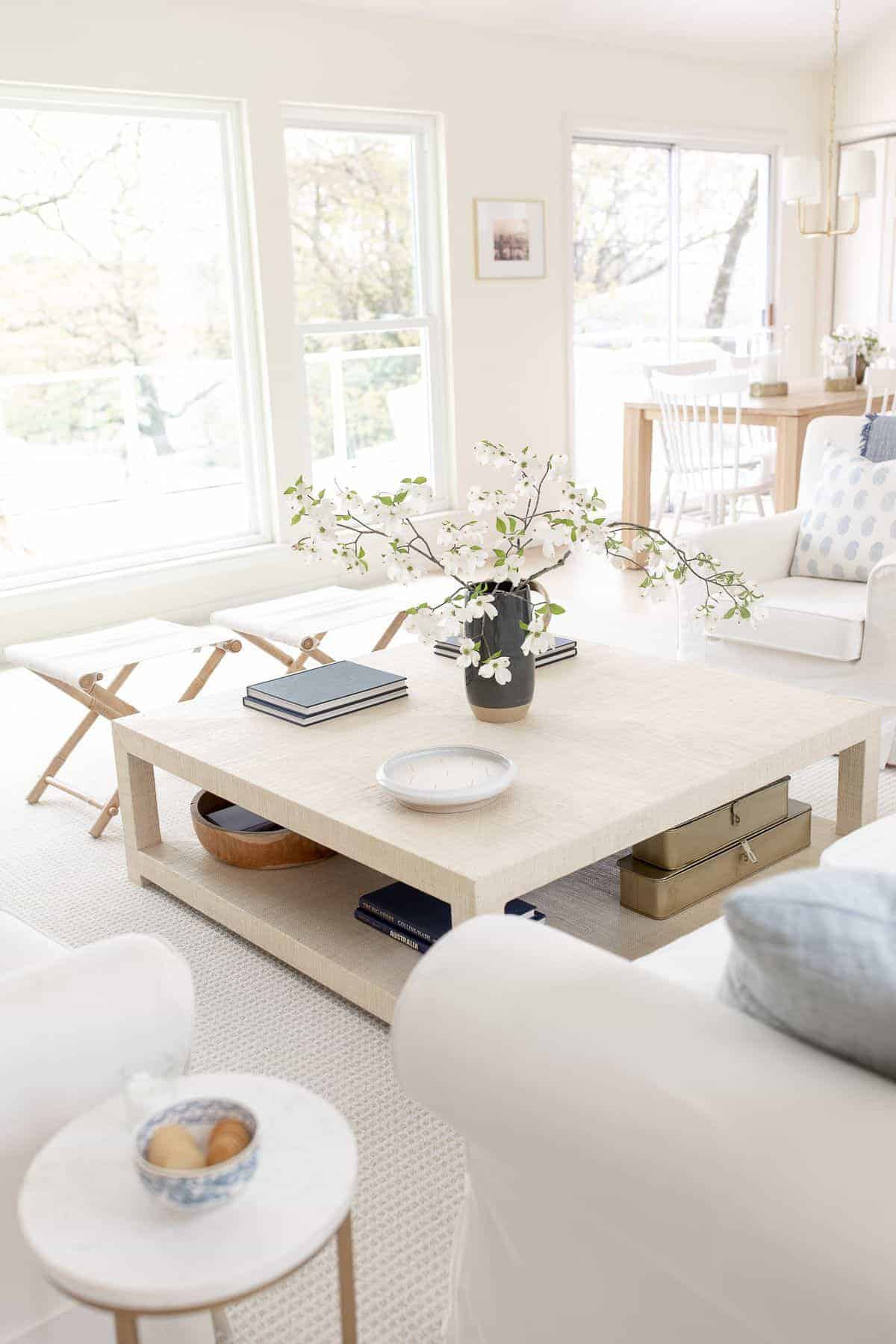
How to Measure Bar or Counter Stool Height
For bar stools, you’ll need to consider the height of your bar or island countertop and also the width, to determine how many stools you need. See this kitchen island dimension guide for more sizing information!
Bar stools should be measured from floor to the top of the seat. Seat height (listed in the product dimensions) shows you where the stool will sit and what distance it will be from the countertop or bar.
- First, measure the height of your countertop from floor to top of surface.
- Next, consider desired inches between lap and the countertop. Generally, the top of the stool’s seat is approximately 10 inches from the underside of your countertop.
- Now, subtract the number in the second step from the number in the first step. That’s the height your aiming for!
To know how much space to leave in between your stools, consider the following:
- If your stools are between 16-18 inches wide, plan to allow at 6-8 inches between each one.
- For stools that are 19-22 inches wide, or a swiveling seat in any size, leave 8-11 inches between the stools.
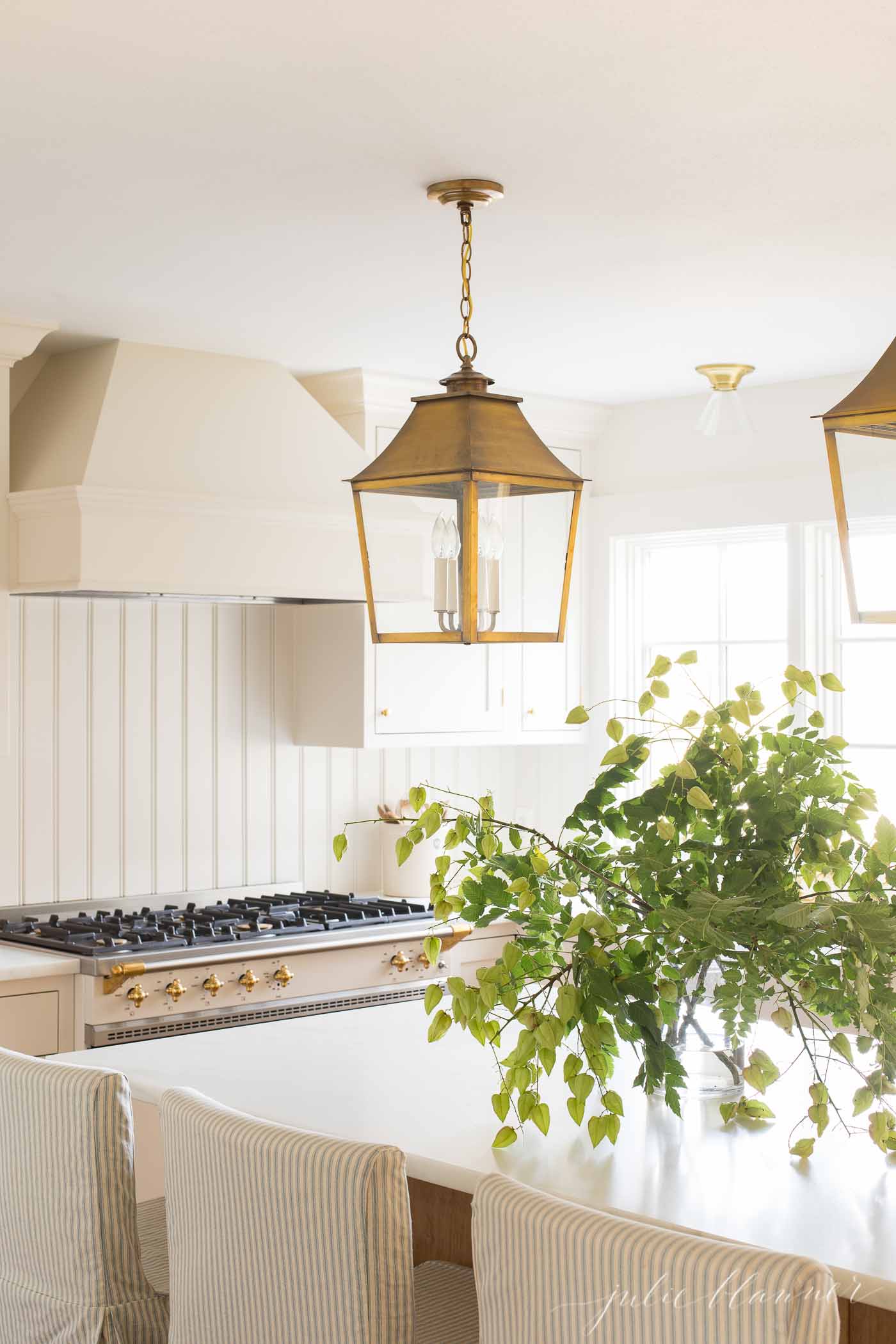
Counter Stool Height
- Countertops tend to range in height anywhere from 36 to 39 inches. With that in mind, you’ll need a counter stool that ranges from 24 to 26 inches high.
Bar Stool Height
- Bar tops are generally around 40 to 42 inches high. Choose a bar stool about 28 to 30 inches tall.
How to Measure a Bed Frame
To determine the size of a bed frame, simply measure the length and width of the are where your mattress rests.
- Length will be measured from the edge of the top center to the center edge of the bottom.
- Width is from the far left center edge to the far right center edge of the mattress.
How to Measure a Dining Table
The hardest part of measuring for a dining table is considering the space needed with chairs that can move in and out for seating and movement beyond the chairs for serving, etc, in addition to the table itself.
- Measure both the length and width of the dining space.
- With the room size in hand, subtract 6 feet from the length and the width to give you a 3′ clearance on all sides of your table.
- This results in the maximum recommended dining table size.
Tips for your Furniture Measurements
- For most furniture pieces (though of course there are exceptions), the order of dimensions falls in this order: Length x Width x Height.
- Measure (and measure again) every entryway, hallway, stairway and doorway that your furniture will travel to, prior to its final destination.
- Ideally, the furniture you buy should be at least four inches less than these doorway and passage measurements.
Frequently Asked Questions
In furniture terminology, the standard is generally length x width x height. There are always exceptions, of course, so measure carefully! If there is a fourth measurement included, it’s generally depth.
No, by definition these two things are not quite the same. Width is side to side in furniture terminology: in a sofa, for example, width is actually the length of the item as it stretches across a wall. Depth is actually back to front. In a sofa, that’s the distance or length that it comes out from the wall and into the room.
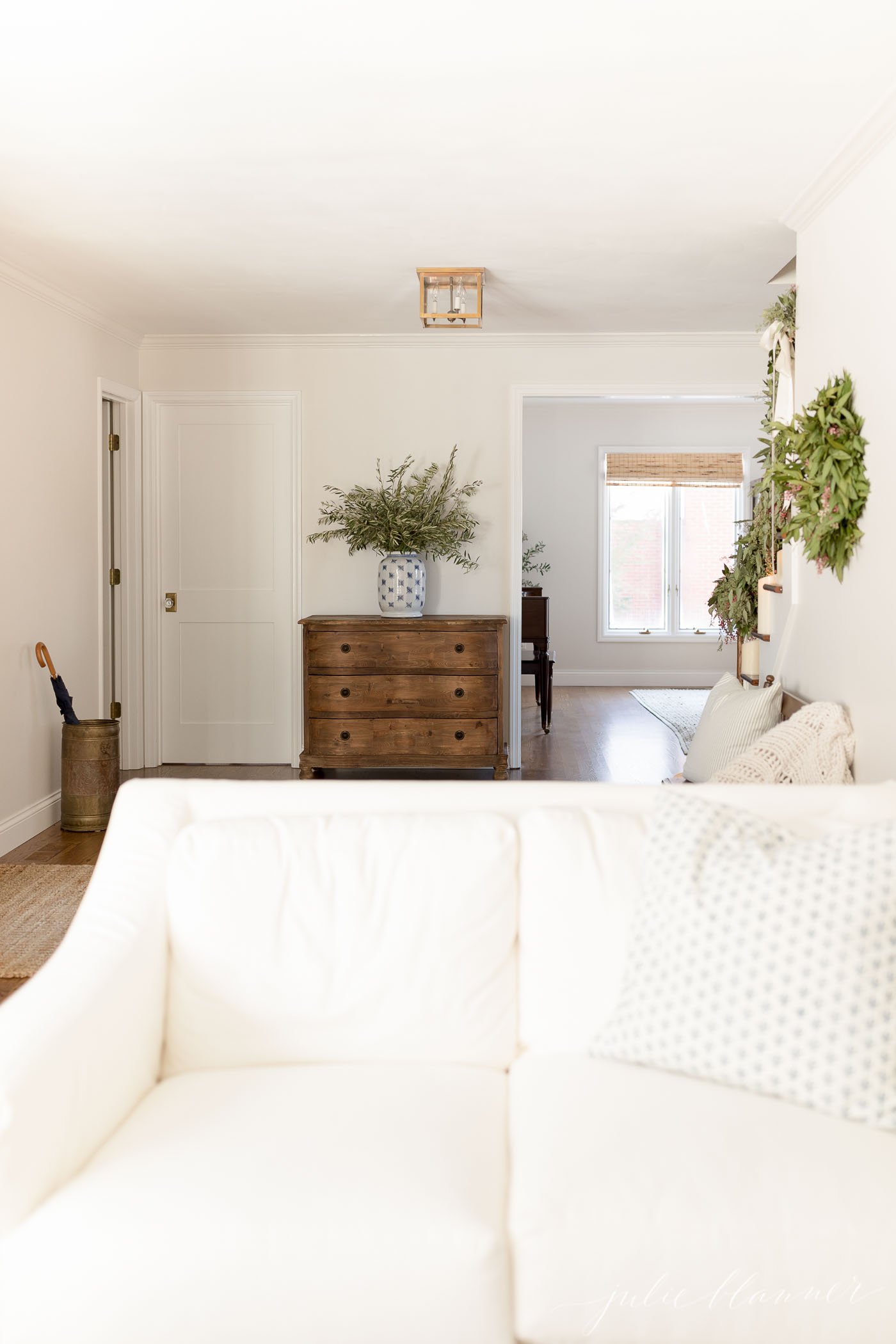

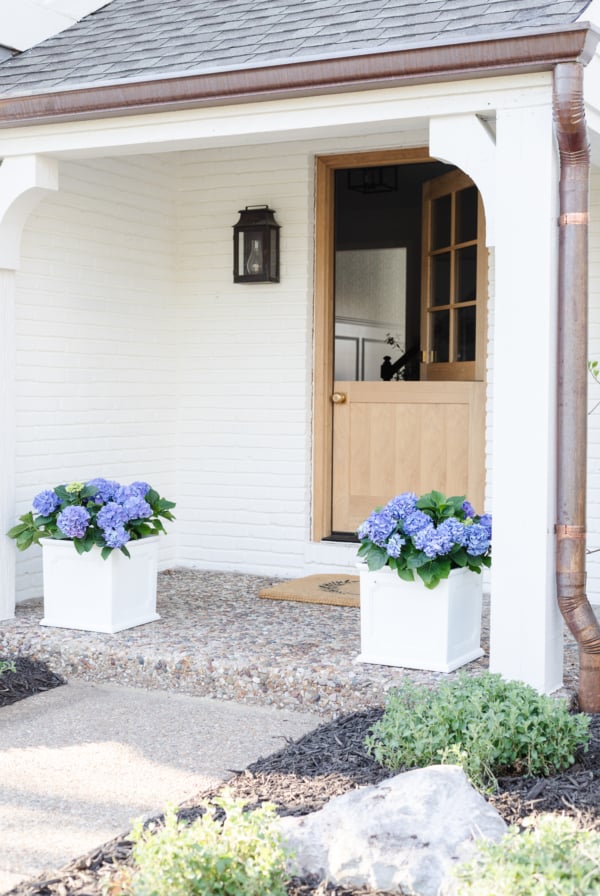
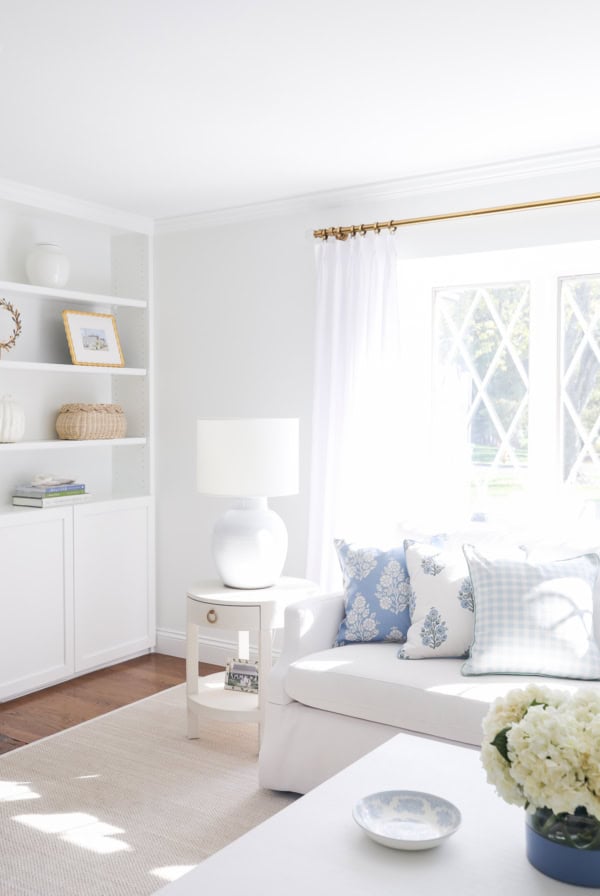






Hi! I am very curious why, for a sofa, the door must exceed the diagonal depth. If it exceeds the back height, you could move the sofa in that way, right? Example, I have a 35″ door frame, 44″ diagonal and 27″ back height, the sofa will fit as long as my room is long enough to accept its width. I feel like I am missing something and don’t want to make a mistake!